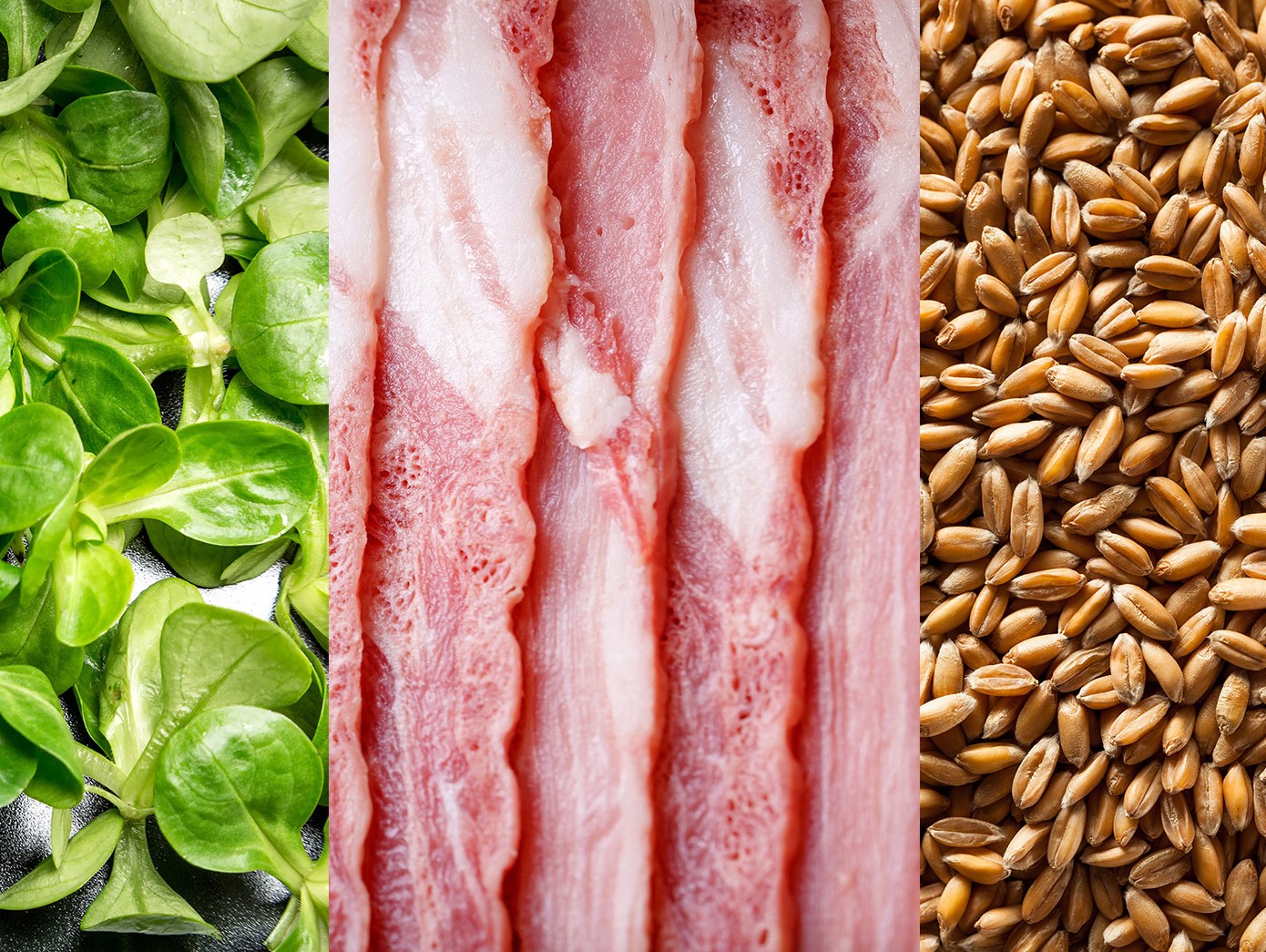
Food manufacturing companies are responsible for the safety of the products that they source and the products that they sell. It’s no longer enough to have blind faith in the supplier’s food safety certificate. Moreover, people’s trust has been severely dented by various food scandals. Nowadays, the trend is towards being proactive rather than reactive.
Raw materials for use in the food industry, including product compositions that serve as raw materials, must comply with European food hygiene legislation. “The law requires companies to conduct a complete risk analysis and to have all possible risks related to externally sourced raw materials under control,” cautions Sjoerd Kanters, director of Riskplaza. “Identification of the potential risks forms part of the HACCP system, which is also mandatory.”
During audits conducted by the Netherlands Food and Consumer Product Safety Authority (NVWA), companies must be able to provide verification of the raw materials used in all their goods. To help customers, the NVWA has prepared information sheets (numbers 64 and 65) containing guidelines for how to verify externally sourced materials. “This is a time-consuming process for many food companies,” says Sjoerd. “Customers are required to evaluate how all of their suppliers are safeguarding food safety. Numerous raw materials are associated with multiple risks: physical, chemical and microbiological. They have to prepare a complete overview.”
There is another way of meeting the European legal requirement for verification of compliance, namely by sourcing raw materials from Riskplaza-certified companies. “The Riskplaza audit is designed to check the full and demonstrable control of all ingredient-related risks. Certification in line with this standard is voluntary. It’s the only system in the Netherlands that is currently recognised in the raw materials verification framework as outlined in the NVWA’s information sheet number 64.”
The Riskplaza database contains information about ingredient-related food safety risks and the possible control measures to limit them. “This is very high-quality information,” emphasises Sjoerd. “For example, let’s consider a cheese and tomato sandwich and a glass of milk. Which ingredients do these products contain? Wheat, yeast, salt, water, and seeds & grains, for starters, but also cheese, tomato and milk.
But which risks do these ingredients pose? And how do you know that you haven’t overlooked anything? Using the Riskplaza database, it’s easy to see that a total of 55 risks are associated with those ingredients, comprising 22 different risks. For instance, the risk of ‘foreign bodies’ is linked to almost all the ingredients, whereas ‘aflatoxin’ is only associated with wheat and seeds & grains. The Riskplaza database is a terrific time-saving tool for quality managers and provides a complete overview.”
“A Riskplaza-certified company has a solid monitoring plan which also encompasses the risks that cannot be safeguarded against in any other way. The use of this database to identify raw material-related risks ultimately saves food professionals a lot of time. The manufacturer or retailer no longer has to complete its customers’ long lists of questions. We work together with experts from various sectors as well as certification bodies to ensure that the database always contains the most up-to-date information.”
Much of the time savings are achieved by the fact that customers sourcing products from a Riskplaza-certified company no longer have to verify the food safety of that supplier’s raw materials themselves. This relieves the purchasing department of a huge burden. “Strangely enough, the verification of raw materials has long been a low priority among suppliers,” says Sjoerd. “Why? Because people are apprehensive about the Riskplaza audit.” Nevertheless, he has noticed that more and more suppliers are keen to get a grip on this aspect of their activities. “Riskplaza is a good tool for helping to identify potential ingredient-related risks. As well as saving your customers time it also improves clarity and transparency. That’s an advantage for the customers of food products, and increasingly a must for many of them.”

“We’re striving to make the world of food a little safer every day and to ease the burden on food companies at the same time. The Riskplaza audit will increasingly serve as a supplier evaluation. We’re seeing a clear trend towards purchasing managers including this aspect in their decision-making. They know that a Riskplaza-certified supplier has got things under control. Hence, a customer of Riskplaza-certified companies takes a proactive rather than reactive approach. Ultimately, the most important outcome is to win trust: the consumer’s trust in retailers, the retailer’s trust in suppliers, and so on – from farm to fork.”
Source: © Riskplaza